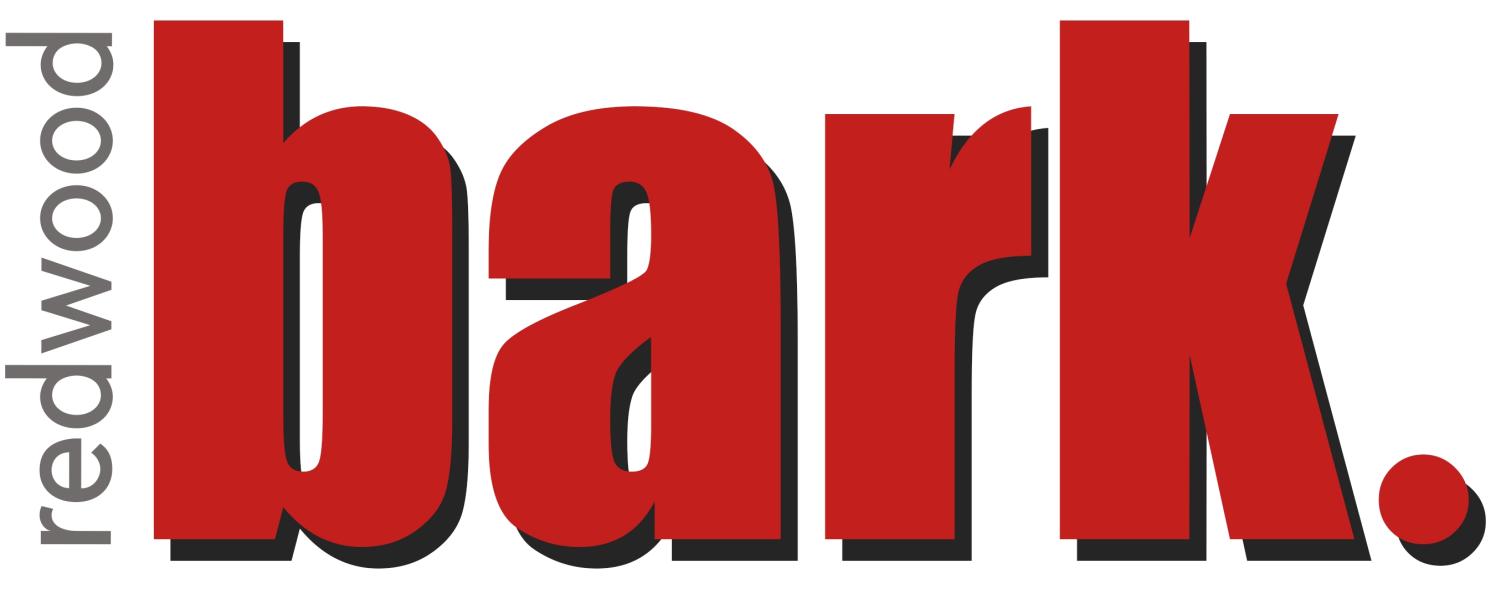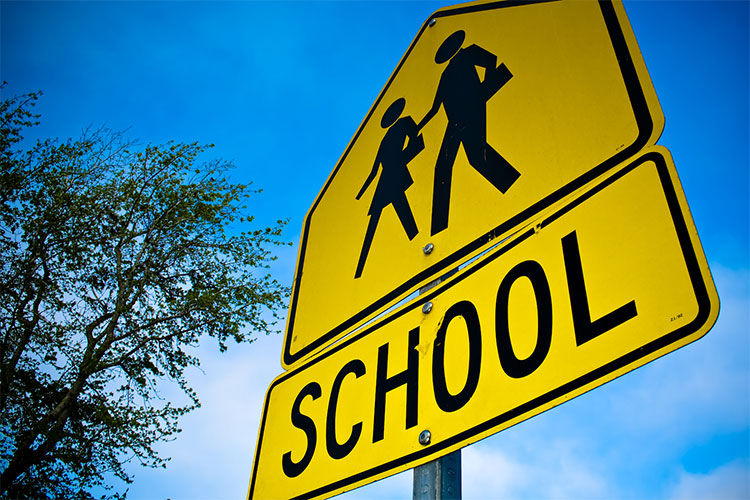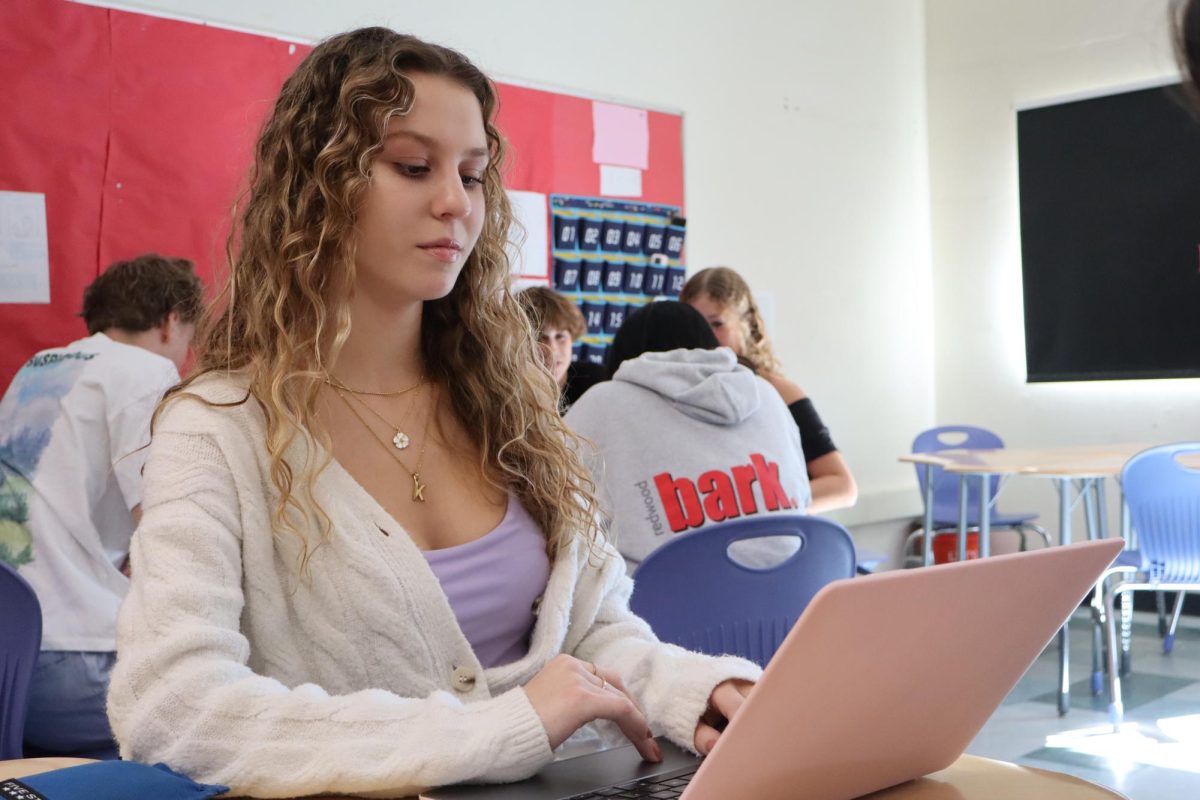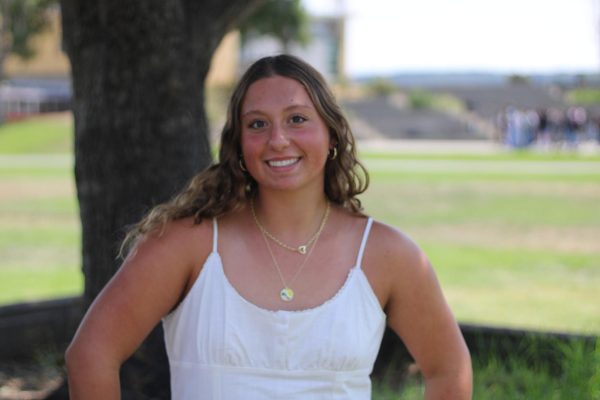The different elective class options for students are both a blessing and a curse for smaller, grassroots courses, including the Student Led Anti-Racist Movement (SLAM) class. Due to the nation’s declining enrollment in schools, small electives at Redwood are feeling the blow. The SLAM class, which has functioned as both a club and a class in recent years, saw only 18 students enroll this year — falling short of the minimum 25 students required to remain as a course for the 2025-26 school year.
SLAM teacher David Minhondo has been the club advisor and teacher, growing with the program as the students cycle through school.
“[The original purpose of SLAM] was to help make [anti-racism] a conversation at Redwood, to help spread awareness of the inequities both past and present, what it was like to be a student of color at Redwood and to offer a safe place where students could learn about history that wasn’t being taught in mainstream history classes,” Minhondo said.
The summer after George Floyd’s death in May 2020 marked a turning point for awareness and education around systemic racism. Across the country, protests erupted, and conversations about social justice took center stage in communities and institutions. This surge of activism was reflected in SLAM’s enrollment numbers. The class, which had previously attracted a modest number of students, saw an unprecedented spike in demand as students sought to understand better racism and their role in combating it. SLAM filled two full sections of the course, as curiosity and a sense of responsibility motivated many to learn more about how to be anti-racist. As the years passed and public focus on racial justice has waned, the class has struggled to sustain that same level of interest. However, since the large influx of students, there has been a notable difference between how the SLAM class started and how it looks today.
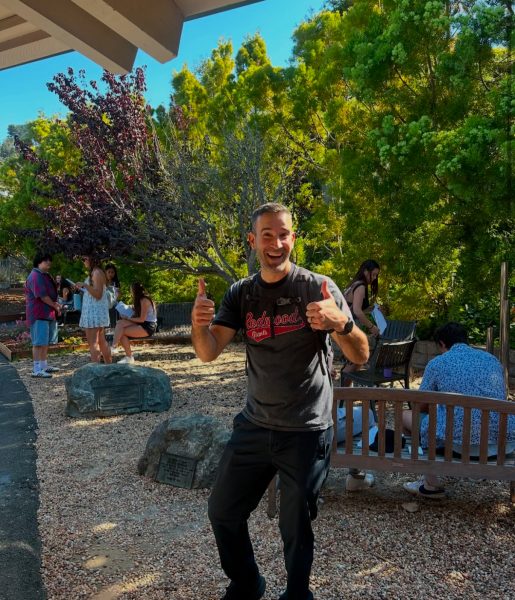
SLAM has been an opportunity to highlight those issues, and hopefully it will help students like me feel more comfortable while giving us a platform to voice our perspectives.[/pullquote]“Since 2020, the notable difference has been fewer students of color in the class and more white students seeking understanding about race,” Minhondo said. “The classes became less able to immediately go and make change and [now] focus more on teaching students to help them understand more about race.”
Two-year SLAM student and junior Siena Ledesma has been working tirelessly to keep the program going. Along with the other members of the course, she aims to help others at the school understand the importance of SLAM and how the class teaches students to effectively be anti-racist.
“Marin is such a predominantly white area and while many people here claim to be anti-racist, there are definitely questionable moments. SLAM has been an opportunity to highlight those issues, and hopefully it will help students like me feel more comfortable while giving us a platform to voice our perspectives,” Ledesma said.
Minhondo stresses the importance of uncomfortable conversations, such as those involving race. Especially because of the recent racist incidents in the Tamalpais Union High School District, SLAM allows students to create a community of uncomfortable conversationalists, antiracists and change-makers overall to make more of a positive, well-rounded society.
“People learn by making mistakes and being uncomfortable,” Minhondo said. “SLAM has a community that will catch you when you fall, as opposed to one that shames you for falling in the first place. That is just the environment the class and I aim to create for all students to be able to make positive change.”
